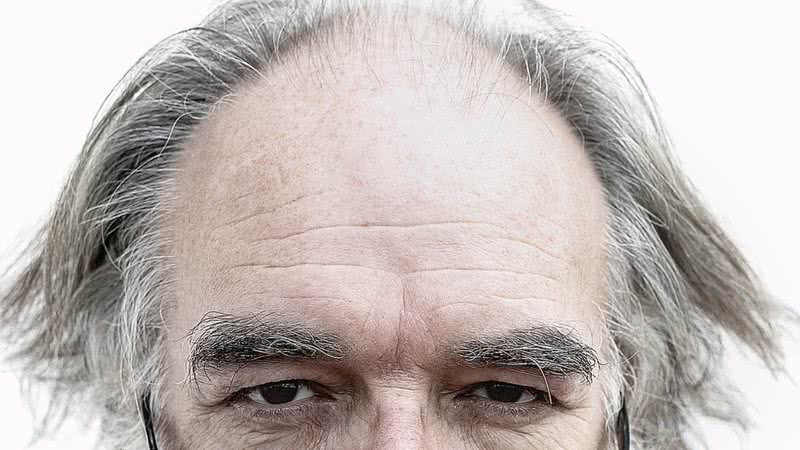A subject matter expert who explains everything about hair transplantation helps in the process of self-acceptance, in addition to restoring confidence
It is common for hair loss to progress, in some cases, to baldness. The diagnosis can occur in people of all ages, from the youngest to the oldest. However, when we talk about treatment, hair transplantation is the most successful procedure in facing the problem, as modern techniques have developed over the years and satisfactory results.
Not to mention, by restoring the natural state of the hair, it is easy to see the improvement in self-esteem. In addition to having hair rejuvenate a person, it still helps greatly in the process of self-acceptance and self-confidence.
for this reason, Cynthia Carvalhoa plastic surgery expert in hair transplantation, clarifies the main doubts about the procedure and stresses: “Seeing the transformation that surgery generates, not only in aesthetics, but in self-confidence, safety and the life of the patient as a whole, is very satisfying and motivates me to always be in search of Excellence in my profession.
Why do a hair transplant?
Baldness is a very common condition that affects a large portion of the population, both men and women. Hair transplant restores self-confidence and is a very effective and natural solution to hair loss. “The population wants to age in a healthy way, delaying, whenever possible, the signs of aging, with harmony and naturalness. Patients who come to me are looking for exactly that naturalness,” he notes.
What are the hair transplant techniques? How does each one work?
In short, we have FUT and FUE. The first method is an old technique, but still widely performed in Brazil, where a strip of scalp is removed from the donor area and under a microscope, the follicles are individually allocated and transplanted into the recipient area of the scalp. This technique leaves a linear scar in the donor area that can be seen according to the density and cut of the patient’s hair. “I only use FUE, a minimally invasive technique in which the follicles are extracted one by one from the donor area. This technique does not generate a horizontal scar on the scalp, allows the use of donor areas for the body and beard, and also guarantees a very natural result, depending on the skill of the surgeon. Another advantage is a quieter postoperative period.
What are the advantages of the procedure?
The transplant is able to restore hair to an area that will not improve with any other type of treatment, such as already defined balding areas. The advantage is the renewal and restoration of the patient’s self-esteem and safety.
Who can do?
Hair transplantation can be performed for any patient (man or woman) who has androgenic alopecia, otherwise known as baldness, who is otherwise healthy. Other indications are forehead reduction (large forehead), correction of scars, burns or already established alopecia.
When is the procedure indicated?
This procedure is generally indicated for patients over 30 years of age who already have specified baldness or significant thinning of the scalp. Between 20 and 30 years of age, each case should be assessed individually regarding the indication for surgery.
Are there risks? any?
Every surgery has risks (in this case, they are more frequent in smokers and/or diabetics). This is why preoperative exams are so important. The patient must be in good health to go to the operating room. The main local risks are infection, skin necrosis, and poor follicular cohesion, but in experienced hands, these are very rare complications.”
What are the expected results and for how long?
Usually, the result begins within three or four months after implantation, and the final appearance appears at about ten to 12 months after surgery. The outcome depends on the number of transplanted follicles (which varies according to the size and density of the donor area), the thickness of the hair, the extent of baldness, and proper hair hold. “To ensure good attachment, the patient should select a trained and experienced surgeon, and follow all postoperative recommendations.”

“Wannabe internet buff. Future teen idol. Hardcore zombie guru. Gamer. Avid creator. Entrepreneur. Bacon ninja.”

